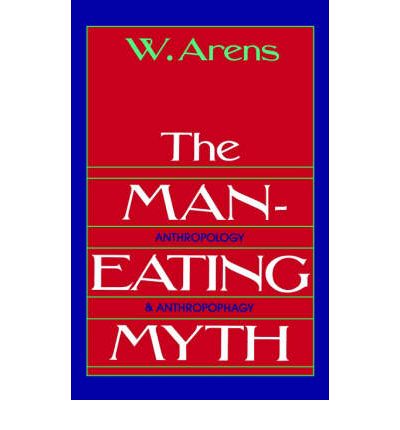Cannibalism, Morality and Religion
Cannibalism has often been referred to as a taboo, in line with incest and murder as an unspoken universal evil. What has been most fascinating from reading the anthropology of cannibalism however is how cannibalism can challenge the concept of universal morals. It can be considered to be a taboo in one culture, yet can be considered a moral duty or sacred act in another.
One of the major themes to emerge from my research is that cannibalism is almost always associated with the cosmology and worldview of the culture that practices it. This can be social and spiritual meaning but it can be explicitly religious. Fijian sacrificial cannibalism for example is considered a “communion” between gods and kings, and is a profoundly spiritual occasion. It struck me that this held at least superficial similarities to the Christian theology of the Holy Communion.
Christian Theology
In the Catholic Church the Communion bread and wine is believed to literally become essence of the blood and body of Christ, via transubstantiation. In the Anglican Church it is considered a powerful metaphor. This metaphor sits at the heart of Christian theology; the idea of participating in the sacrifice of Jesus Christ in order to “buy in” to the salvation that the sacrifice brings.
Within the deeper Anglican theology there is an understanding the the partaking in Communion is the consumption of the essence of God, an essentially cannibalistic metaphor. On a day to day basis however, it is unlikely that most people consider Mass to be an act of spiritual consumption. I think this highlights how archaeologists and anthropologists should be wary of a separation in understanding between theology and practice. Just because a person is supposed to be thinking or feeling something during a ritual or spiritual act, doesn’t mean that they will.
Cannibalism and Morality
Whether as a complex metaphor as in Anglicanism, or a pseudo-literal event as in Catholicism, the cannibalistic reference at the heart of Christian theology is undeniable. However, despite it forming such a central element of Christian theology, that of salvation, it’s is never acknowledged as cannibalistic. There is great resistance, in Catholicism especially, to the clearly cannibalistic metaphor being recognised as such. I am in no way stating that the Christian communion is literally cannibalism. It obviously is not. It is interesting, however, that the negativity associated with cannibalism, even as a metaphor, is so strong that the mention of it is brushed aside even as it sits at the theological heart of a major religion.
The moral viewpoints on cannibalism are infinitely complex. It can be reviled, celebrated, inconsequential, or unfathomably important. It can be immoral even when it is accepted (as in the Bimin-Kuskusmin), or it can be ignored even when it is conceptually central (as in Christianity).
Cannibalism can challenge core beliefs of the universality of morality and belief, and as such, the study of it should not be conducted at arm’s length, but should instead pick up on what a incredibly complex behaviour can tell us about ourselves and the way we see the world.
Get in touch!
I hope you’ll agree that cannibalism, and what it tells us about people and morality, is incredibly interesting. Have I got it wrong about theology? Do you disagree with me? Have a source or a topic I should write about? Please let me know! Comment using the “leave a comment” button below, or via Facebook or Twitter.
I am indebted to Reverend Stephen Goundrey-Smith for contributing to my understanding of Anglican theology.








